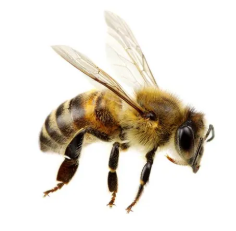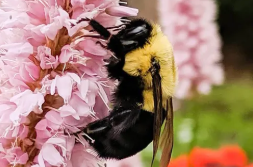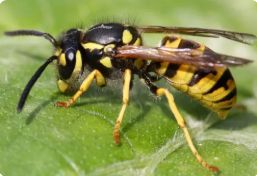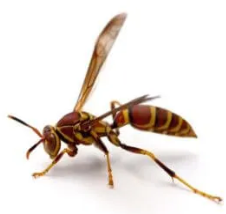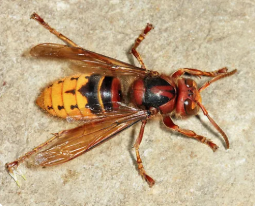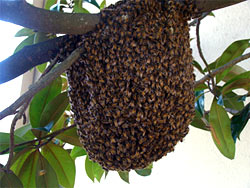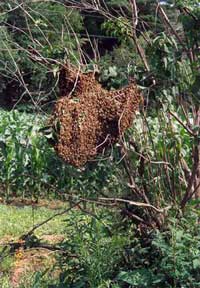Ashland, Glen Allen, Montpelier, Hanover, Henrico, and Caroline
Swarm Hotline: 804-625-4405
If you find a honey bee swarm that you would like to have re-homed, please use our SWARM HOTLINE to contact us. The information provided below should help you in positively identifying that you have a Honey Bee Swarm.
Spring is Honey Bee swarm season! In Hanover County and neighboring areas, swarms are most plentiful from March through June. You may see swarms at other times as well but the peak swarm season is spring.
Honey Bee swarms are not produced to frighten unsuspecting citizens who come across a buzzing ball of bees in their landscape, but to create a new honey bee colony. The beneficial pollinators are following one of nature’s oldest rituals – starting a new colony during the time of the year when they may store enough honey to make it through the coming winter.
If you find a swarm of honey bees on your property (see example pictures below), please do not spray them with pesticides; find one of the "Swarm Patrol" members below that covers the area where the swarm is located and give them a call. If they are not available, call another. Please give us a chance to come capture them and put them back to work pollinating our food crops.
Identify what you see are honey bees or other bees or wasps.
Honey bee Bumble bee
Yellow Jacket Wasp
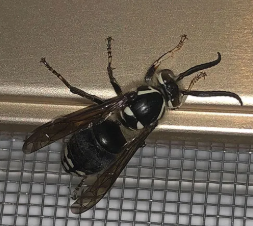
European hornet (wasp) Bald-faced hornet (wasp)
Please only call us for honey bee swarms. If they are living inside a building (i.e. wall space, ceiling) you need to call for a professional bee removal and be prepared to pay.
ABA does not endorse, recommend, or make representations with respect to the services or products referenced on this site, nor has any financial relationship.
List of those who perform removals that we are aware of:
Danny Taylor 804-572-0820
Steve White 804-337-9235
Jarrett Barksdale 540-420-2922
Tim Barb 540-908-1147
What is a swarm?
When bees swarm, half of the colony leaves home with their queen to start the new colony. The remaining bees in the old colony will rear a new queen. The issuing swarm is quite spectacular with thousands of bees filling the air with loud buzzing. Slowly, they coalesce around their queen on a tree limb or other object.
The swarm on a branch or mailbox is generally only resting while bee scouts find a suitable cavity for a new home; they typically move on within 24 hours. If you would like the bees removed in a more timely manner, beekeepers would be happy to relocate them for you, usually at no charge.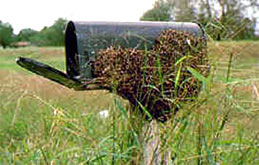
Because they have no food stores or young to protect, swarms are quite docile and pose no threat to people as long as they are not disturbed. However, the sight of them can be quite alarming. Please keep children and pets away in order to prevent an accident.
Removal is different between a swarm, temporarily bivouacked while the scouts look for a new nesting location, and a swarm that has moved into a space to form a colony. Swarms are generally easier and faster to remove. In most of the time, in just a hour or two. Once a smarm has moved in and becomes a functional colony, removal can be a lot more involved and time consuming. Depending on the situation, removal could take more than a month and may involve a fee. Swarms are a large cluster of bees, all hanging onto something. A colony has mostly flying bees with only a few dozen or so hanging around the entrance. When you contact a beekeeper about honey bees that you are seeing, be prepared to describe what you are seeing. Taking a picture is helpful if you feel it can be done safely.
